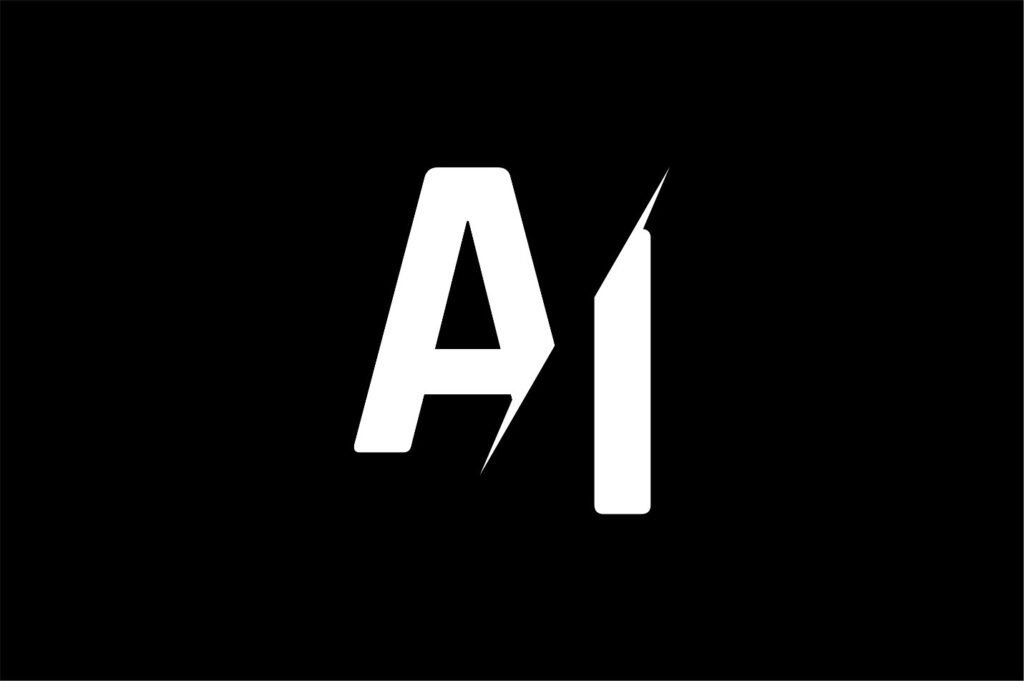The Children’s Hospital Association, a nonprofit with offices in Washington, DC and Lenaxa, KS and members in the United States, Australia, Canada, Italy, and Mexico recently held a webinar along with AI professionals from AVIA Health offering guidance on what hospital executives need to know about generative AI. The webinar presented three key insights about the current AI domain, what lies on the road ahead, and how they can prepare their organizations.
The webinar described three steps the leaders need to undertake now:
1. Hospitals spend 30% of their time and resources on administrative tasks that could otherwise be spent on patient care. AI can provide optimal staffing levels, improve scheduling, and resource allocation. Triaging patients is another aspect of healthcare that can be streamlined using AI. As AI technology advances lab result analysis, patient education and support, and risk predictions can improve patient care. AI will also be able to provide personalized health recommendations.
2. It’s also to understand who the major players in AI healthcare space are and what their individual market strategies are so as to best select and partner with them. Amazon, Epic, Google, Microsoft, and Oracle provide research, solutions development. Amazon’s HealthScribe, for example, use speech recognition to create transcripts of patient visits. Google’s Med-Med-PaLM 2, in partnership with Mayo Clinic helps answer patients’ questions about their care. Oracle developed a means to extract information from electronic health records (EHRs) in conjunction with the Food and Drug Administration (FDA).
3. Generative AI will assist with medical coding, recruitment, and the deployment of surgical robots. All this infrastructure will be cloud-based and executives need to understand how best to support this technology in the cloud.
Putting it all together
AI is in its infancy. By learning the plus and minuses, ins and outs, strengths and weaknesses of AI, healthcare executives will be able to intelligently select and implement the best solutions for their organizations.
Be sure everyone is speaking the same language. AI comes with its own nomenclature and it’s easy to misinterpret one term’s meaning with another if you’re not all using the terms the same way. Staff need to be brought up to speed as well – how to use AI effectively and to understand that it is a means of enhancing their work. From the C-suite on down, everyone, not just IT execs, need to understand your organization’s AI strategy. The pediatric and adult populations are unique in their needs. Be sure to understand not just the benefits to each population but the risks as well.
- Become versed in AI. Learn the nuances of artificial intelligence, which is a broad term encompassing different capabilities.
- Develop standard nomenclature. Determine how to refer to different subsets of AI and solutions across the organization.
- Train staff. Educate employees on using tools effectively and understanding AI as a tool to enhance work.
- Involve all executives. Embed AI in all C-suite strategies, not only chief information and data officers.
- Know the risks. Understand the potential effects of AI, especially as it relates to the pediatric population.
4. Become versed in AI. Learn the nuances of artificial intelligence, which is a broad term encompassing different capabilities.
5. Develop standard nomenclature. Determine how to refer to different subsets of AI and solutions across the organization.
6. Train staff. Educate employees on using tools effectively and understanding AI as a tool to enhance work.
7. Involve all executives. Embed AI in all C-suite strategies, not only chief information and data officers.
Know the risks. Understand the potential effects of AI, especially as it relates to the pediatric population





